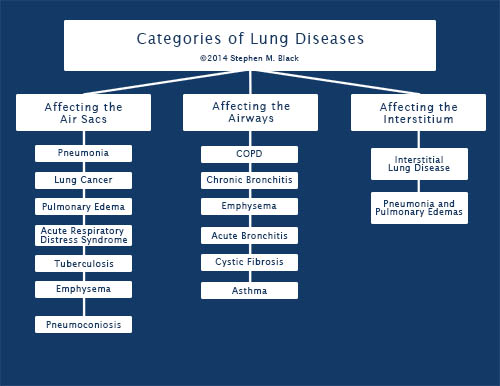 Stephen M. Black is a Regents’ Professor at Georgia Regents University and a highly respected member of the medical community. In recent years, Stephen M. Black has shifted his focus to research and has a number of active grants. One topic covered by grants is acute lung injury. In his studies, he has discovered that exposure to flavoring chemicals may be linked to lung disease.
Stephen M. Black is a Regents’ Professor at Georgia Regents University and a highly respected member of the medical community. In recent years, Stephen M. Black has shifted his focus to research and has a number of active grants. One topic covered by grants is acute lung injury. In his studies, he has discovered that exposure to flavoring chemicals may be linked to lung disease.
Flavorings, which are mixtures of both natural and man-made substances, are added to foods to enhance the taste. While the Food and Drug Administration recognizes these flavorings as safe to eat, they are still harmful in certain forms and amounts. Factory workers who are exposed to the chemicals for a prolonged period of time are most at risk.
According to the NIOSH Alert: Preventing Lung Disease in Workers Who Use or Make Flavorings, the flavorings industry has estimated nearly 1,000 flavoring ingredients with irritant and volatile properties that could irritate the eyes, skin, and result in respiratory problems. Applying heat to the chemicals can also increase exposure. Industries who manufacture products with Diacetyl chemicals (butter flavoring chemicals), such as popcorn, can cause severe lung disease in workers.
According to the United States Department of Labor, an investigation of a popcorn plant was investigated in 2000 due to a cluster of employees who developed the rare lung disease, bronchiolitis obliterans. This life-threatening disease causes the small airway branches in the lungs to become compressed by scar tissue or inflammation. The investigation concluded that there was “a risk for occupational lung disease in workers with inhalation exposure to butter flavored chemicals.” Since then, the disease has earned the term “popcorn lung.”
The Occupational Safety and Health Administration offers protection to workers exposed to diacetyl, but no specific standards are in place to protect from occupational exposure.
Learn more about Stephen M. Black and his various research topics here: http://about.me/StephenMBlack


